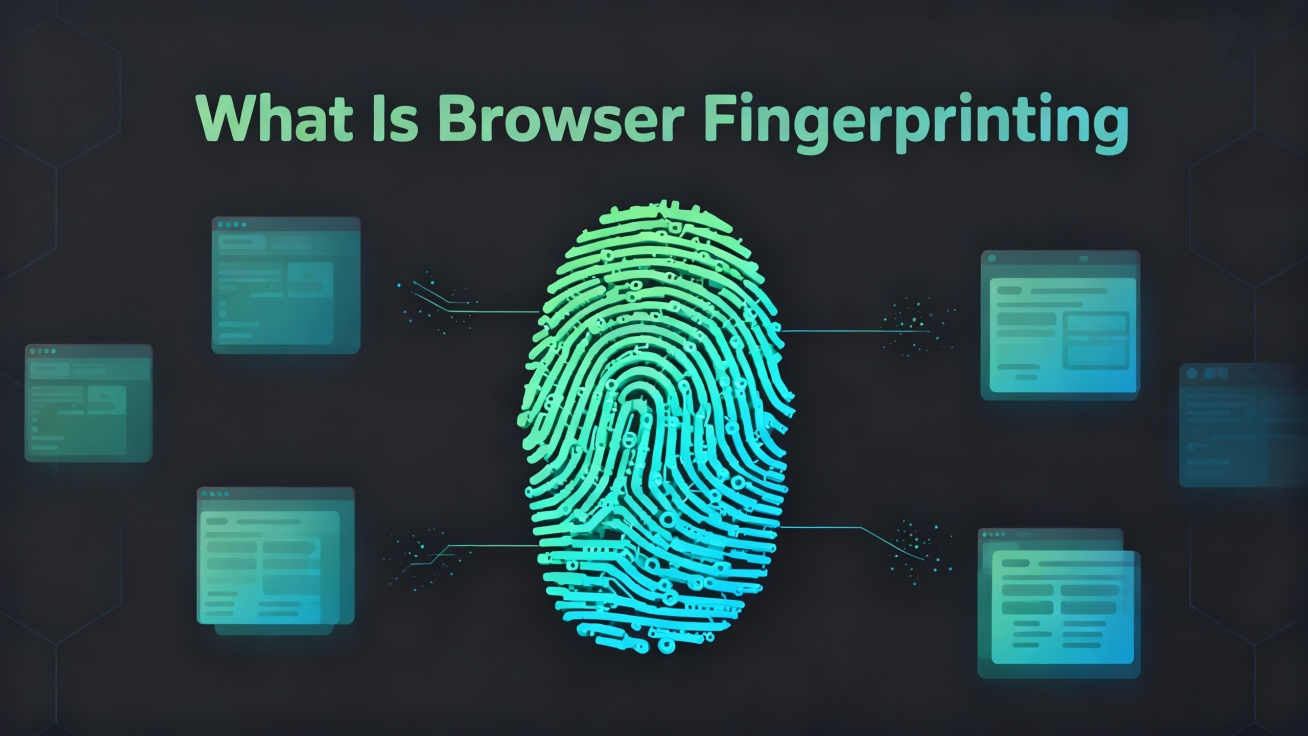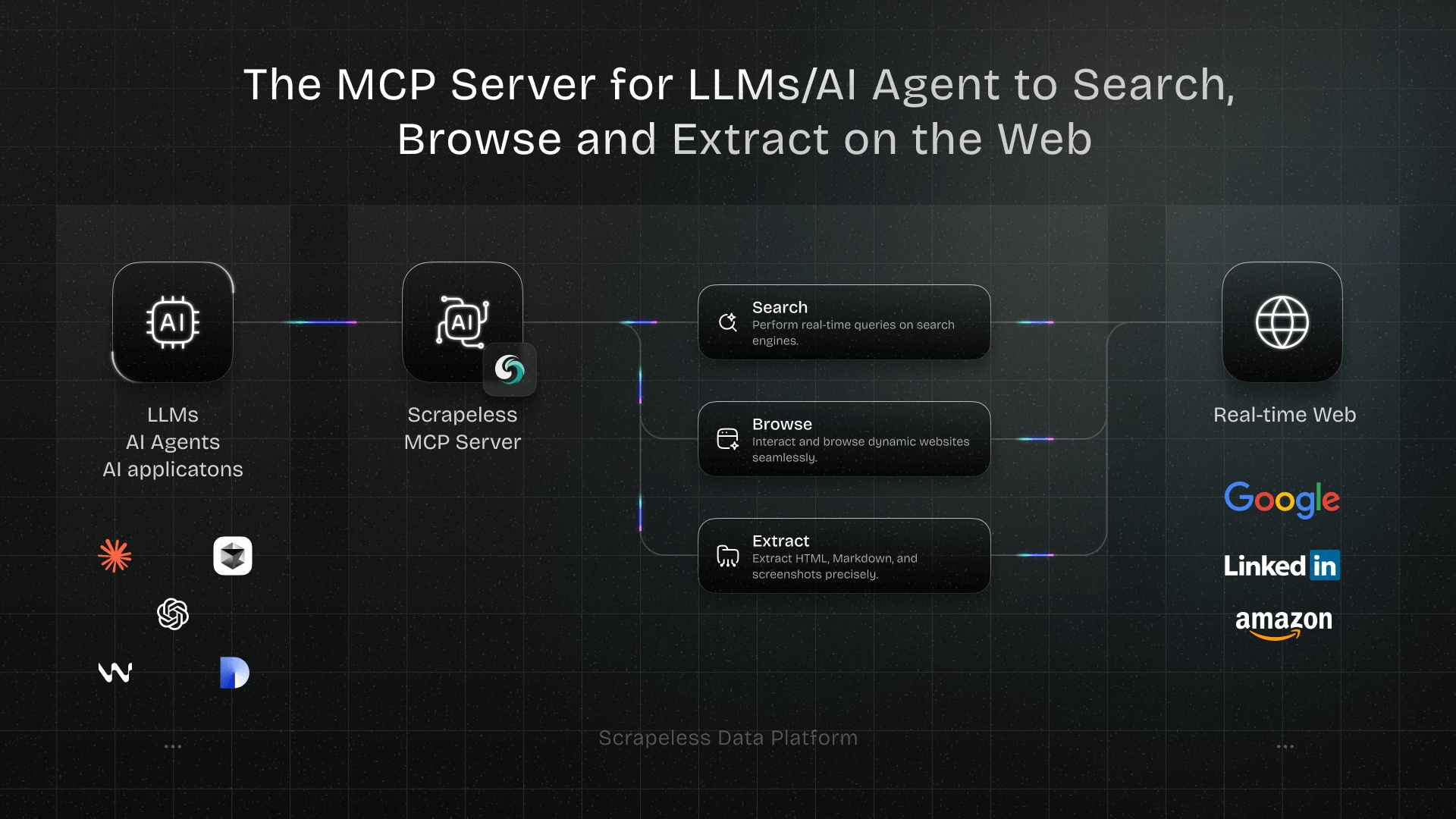What Is Browser Fingerprinting
Senior Web Scraping Engineer
Introduction
Browser fingerprinting is a technique that identifies users based on their device and browser characteristics. It is widely used for security, fraud detection, and targeted advertising. This article is intended for developers, security professionals, and tech enthusiasts. You will learn practical solutions to detect and prevent browser fingerprinting while understanding its real-world applications.
Key Takeaways
- Browser fingerprinting identifies users without cookies.
- Multiple methods exist to mitigate tracking.
- Solutions include code implementations and privacy-focused services.
10 Practical Solutions to Detect and Prevent Browser Fingerprinting
1. Use Privacy-Focused Browsers
Solution: Switch to browsers designed to reduce fingerprinting.
-
Example: Tor Browser, Brave.
-
Steps:
- Download Tor Browser from Tor Project.
- Enable strict fingerprinting protection in settings.
- Use private browsing modes consistently.
-
Use Case: Prevents cross-site tracking for sensitive online activities.
2. Disable JavaScript Where Possible
Solution: Limit scripts that collect browser data.
-
Steps:
- Install NoScript or uBlock Origin.
- Block JavaScript on untrusted sites.
-
Impact: Reduces exposure to font, canvas, and WebGL fingerprinting.
3. Implement Canvas Fingerprint Defense
Solution: Modify canvas data before sending it.
- Example in JavaScript:
javascript
HTMLCanvasElement.prototype.toDataURL = function() {
console.log('Canvas fingerprint blocked');
return '';
};- Effect: Prevents sites from reading unique canvas values.
4. Spoof Browser Headers
Solution: Change HTTP headers to generic values.
-
Steps:
- Use browser extensions to modify
User-Agent. - Randomize headers on each session.
- Use browser extensions to modify
-
Impact: Makes fingerprint less consistent.
5. Use Virtual Private Networks (VPNs)
Solution: Hide your IP address from trackers.
-
Steps:
- Subscribe to a reliable VPN service.
- Connect to a server in a different region.
-
Case Study: Using VPNs reduces linkable sessions by 70% according to EFF.
6. Randomize Browser Fingerprint
Solution: Generate synthetic fingerprints.
-
Tools: Fingerprint randomizers like Canvas Defender.
-
Steps:
- Install Canvas Defender.
- Enable randomization.
- Verify fingerprint uniqueness using Am I Unique?.
7. Block Third-Party Cookies and Trackers
Solution: Limit cross-site tracking.
-
Steps:
- Enable "Block third-party cookies" in browser settings.
- Use tracker-blocking extensions.
-
Impact: Minimizes correlation of fingerprints across websites.
8. Use Private Virtual Machines or Containers
Solution: Isolate browser sessions.
-
Steps:
- Run browsers in VMs (e.g., VirtualBox).
- Use separate VMs for different tasks.
-
Case: Security researchers often use this for safe malware analysis.
9. Audit and Control Plugins and Fonts
Solution: Reduce unique identifiers.
-
Steps:
- Remove unnecessary plugins and fonts.
- Check fingerprint uniqueness via Panopticlick.
-
Impact: Lowers the chance of being uniquely identified.
10. Use Professional Scraping Tools With Anti-Fingerprinting Features
Solution: For developers collecting web data, avoid detection.
-
Recommendation: Scrapeless Browserless Service.
-
Steps:
- Sign up at Scrapeless.
- Use their API to rotate proxies and mimic real browser behavior.
-
Benefit: Ensures reliable data scraping while evading fingerprinting.
Comparison Summary
| Method | Complexity | Effectiveness | Use Case |
|---|---|---|---|
| Privacy-Focused Browsers | Low | High | Everyday browsing |
| Disable JavaScript | Medium | Medium | Sensitive transactions |
| Canvas Fingerprint Defense | Medium | High | Web development, security testing |
| Spoof Headers | Low | Medium | General web usage |
| VPN | Low | Medium | IP masking |
| Fingerprint Randomizer | Medium | High | Privacy enthusiasts |
| Block Cookies | Low | Medium | Online shopping, browsing |
| VM Isolation | High | High | Security research |
| Audit Plugins/Fonts | Medium | Medium | Reducing unique footprint |
| Scrapeless Service | Low | High | Web scraping and automation |
Recommended Use: Scrapeless
For developers and data professionals, Scrapeless offers a robust solution. It provides proxy rotation, real browser simulation, and anti-fingerprinting mechanisms. Sign up here: Scrapeless
Conclusion & CTA
Browser fingerprinting is a powerful but potentially intrusive technology. By implementing these 10 solutions, you can reduce tracking, enhance privacy, and improve security. Developers and researchers can use Scrapeless for effective web scraping without exposure. Start your free trial today: Scrapeless
FAQ
Q1: Can browser fingerprinting be completely blocked?
- A: No, but multiple mitigation methods reduce accuracy.
Q2: Is using a VPN enough?
- A: VPNs hide your IP, but other fingerprinting vectors remain.
Q3: How do I check my fingerprint uniqueness?
- A: Use tools like Am I Unique? or Panopticlick.
Q4: Is Scrapeless only for scraping?
- A: Primarily, yes, but it also helps evade tracking for testing purposes.
Q5: Are privacy-focused browsers slower?
- A: Slightly, due to added protections, but modern browsers optimize speed.
At Scrapeless, we only access publicly available data while strictly complying with applicable laws, regulations, and website privacy policies. The content in this blog is for demonstration purposes only and does not involve any illegal or infringing activities. We make no guarantees and disclaim all liability for the use of information from this blog or third-party links. Before engaging in any scraping activities, consult your legal advisor and review the target website's terms of service or obtain the necessary permissions.



